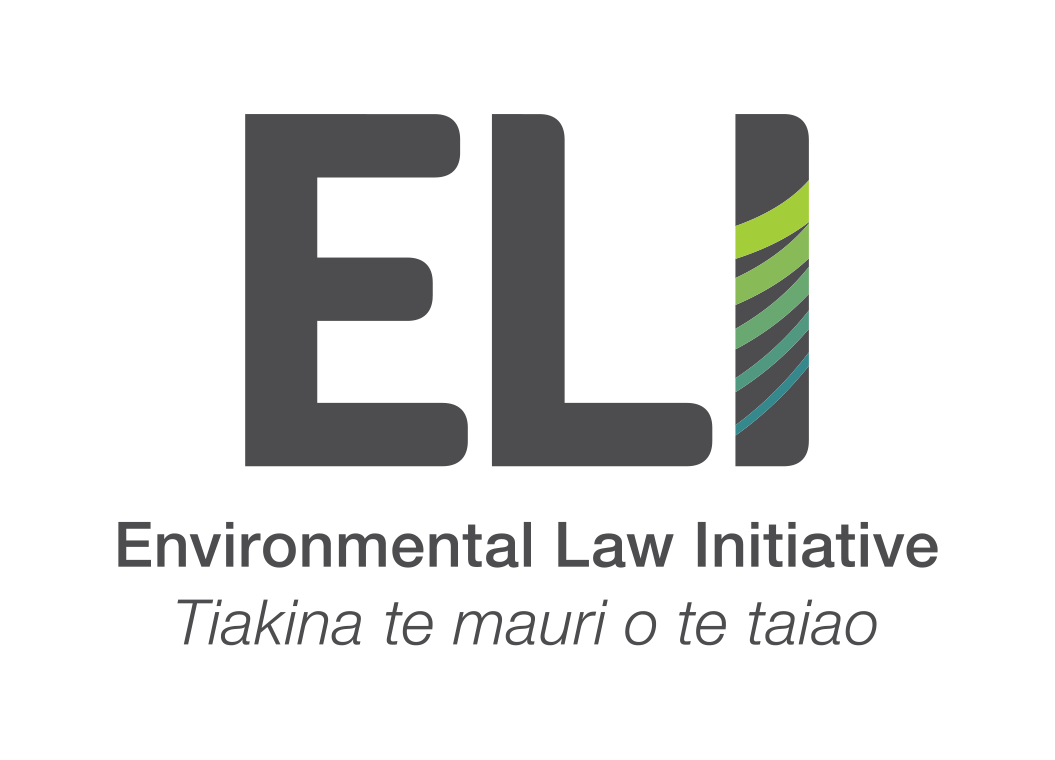ELI takes first step on reassessment of glyphosate
Glyphosate is the most commonly used herbicide in the world. It’s the key ingredient in the weed killer Roundup and routinely used in agriculture and forestry and by councils in urban parks.
Glyphosate is the most commonly used herbicide in the world. It’s the key ingredient in the weed killer Roundup and routinely used in agriculture and forestry and by councils in urban parks.
Glyphosate was first approved for use in Aotearoa New Zealand in the 1970s, prior to the establishment of the the Environmental Protection Authority (EPA). The EPA and its predecessors have not assessed or reassessed glyphosate as a substance since that time.
A formal reassessment of glyphosate using the most up-to-date independent science is long overdue. ELI has taken the first step towards a reassessment by applying to EPA to determine whether legal grounds exist for a reassessment.
In ELI’s view, there has unarguably been significant new information on the effects of glyphosate and glyphosate-based-herbicides since the 1970s.
ELI has gathered a wealth of independent scientific evidence on glyphosate, including on exposure pathways and the human health and environmental effects of glyphosate (and its co-formulants). This independent scientific evidence sets out that glyphosate (and co-formulants) has significant effects on aquatic ecosystems and on terrestrial ecosystems. There is evidence that glyphosate (and co-formulants) has negative impacts on a wide range of taxonomic groups including bees, soil microbiota, aquatic invertebrates, fish, non-target plants, terrestrial invertebrates and terrestrial vertebrates.
ELI has also curated independent scientific evidence of glyphosate impacts on the human nervous system, human endocrine system, and as a probable human carcinogen. A recent meta-analysis has also shown that individuals exposed to glyphosate-based herbicides have a 41% increase in risk for non-Hodgkin lymphoma.
This information is significant for a number of reasons, including the sheer wealth of evidence, the significance and breadth of the negative effects and the fact that this information is compiled from independent scientific studies.
As all but one of the scientific papers aggregated by ELI are from 2015 and later, this information was clearly not available to decision makers at the time of glyphosate’s approval in the 1970s. This information was also not available to decision makers for some of the more recent approvals of glyphosate-based herbicides.
In ELI’s view, this independent scientific information is both significant and new and establishes that grounds exist to reassess glyphosate and glyphosate-based herbicides (as per s 62(2)(a) of HSNO).

